How many tunes do you know by heart? Is the patriotic ditty, “America the Beautiful” one of them? No matter what genres you usually jam to and how strong your affinity for century-old songs is, the number is so popular that you might be able to rattle off the lyrics without a single pause.
O beautiful for spacious skies,
For amber waves of grain,
For purple mountain majesties
Above the fruited plain!
America! America!
God shed His grace on thee
And crown thy good with brotherhood
From sea to shining sea!
But how often is it that you find yourself in the midst of the bucolic landscapes the song extols?
The Pacific-to-Atlantic Southern Tier bicycle route meanders through such enchanting terrains that for some 3,000 miles you will live the “American the Beautiful.” The cross-country journey from San Diego, California to one of the nation’s oldest towns, St. Augustine, Florida, charts the shortest distance between the two coasts that is, nonetheless, beaded with natural and cultural landmarks. From Mexican influences to native pueblo imprints to French dashes to Spanish flairs, the bike route blends disparate layers of US history, while winding through parched deserts to coastal bayous sub-tropical woods.
Despite the urban diversity and the stunning vistas the Southern Tier affords, it is a grueling undertaking that calls for some careful planning. While the thought alone of coast-to-coast biking pumps up the adrenaline, once you hit the road, the vastness of what lies ahead can easily overwhelm you. Many expert long-haul bikers advocate for an in-the-moment mindset. Avoid fixating on the hundreds of miles ahead and focus on small adventures that unfold over the course of several days and lead toward the end goal.
While many tourist companies offer guided Southern Tier jaunts, you can assemble your own itinerary to reflect your interests and capabilities. Plan to bicycle through America during the winter months. Scorching heat blankets the South, especially the western deserts, during summer, while tornadoes often rip through Louisiana, Alabama and Mississippi in spring. While mild and pleasant, winter also comes with its own set of weather challenges, so pack garments that can shield you from both the cold and the warmth, which often follow one another in the Southern US.
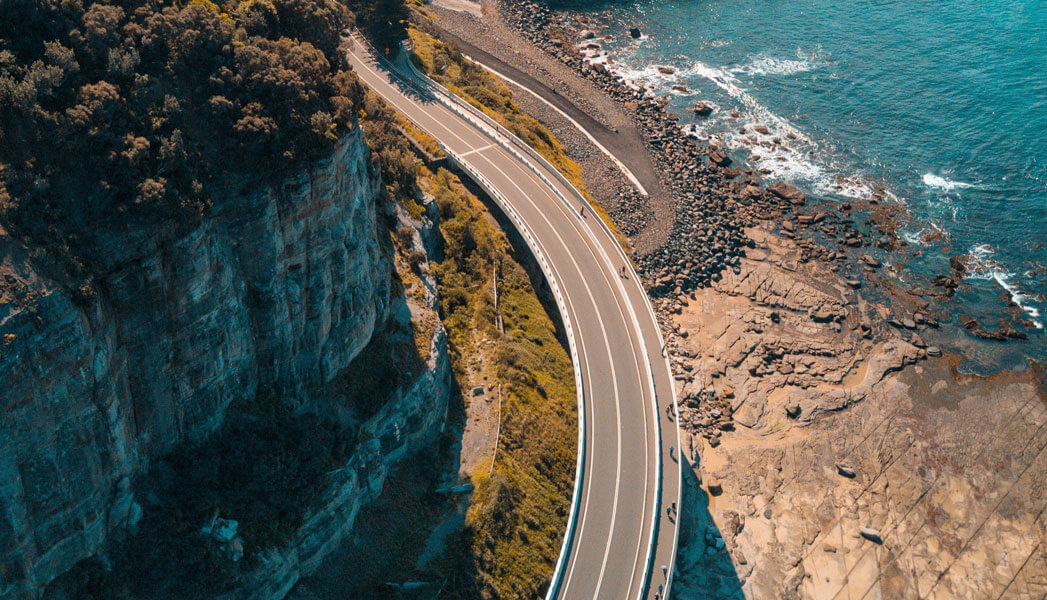
THE RIGHT BACKPACKS AND ACCESSORIES
Talking about packing, loading all your necessities into just a couple of backpacks that you can balance on your bike sound daunting. But with the right Timbuk2 backpack, it should not be. The 20-liter Robin Pack not only flaunts an elongated, stretchable body with adjustable capacity, it has a raft of hidden features to keep you secure on the road. From an incognito reflectable mesh panel to a ripstop rainfly to a hidden vista loop for a blink light, the ruck is the perfect companion in rainy days and heavy traffic.
Another backpack that elevates safety is the Tuck Pack, whose reflective front zipper and logo badge were created with night biking in mind. Its front zip pocket, double side slip pouches and side panel offer additional space as well as unobstructed functionality. The rugged roll top places an edgy spin to the whole design that emphasizes ease of travel.
While you can devise smart ways to hook up the Robin Pack and the Tuck Pack to your bike, you do not need to do so with the Especial Medio Pack. Its plush high-density foam straps gently hug the torso without piecing into your shoulders over hours on the road. With plenty of space in the travel backpack, it allows you to also carry routing hydration to streamline your ride.
Sizable and comfortable backpacks are a must on the Southern Tier, but bike and travel accessories can add that level of preparedness that delineate comfort on the road from misery on the saddle. Invest in several Timbuk2 Rain Covers that fit most daypacks and come with a highly reflective screenprint to offer maximum protection in less-than-ideal weather conditions. The waterproof Timbuk2 bike seat cover is another ingenious appurtenance to have. It will cushion your ride and stave off seat tear.

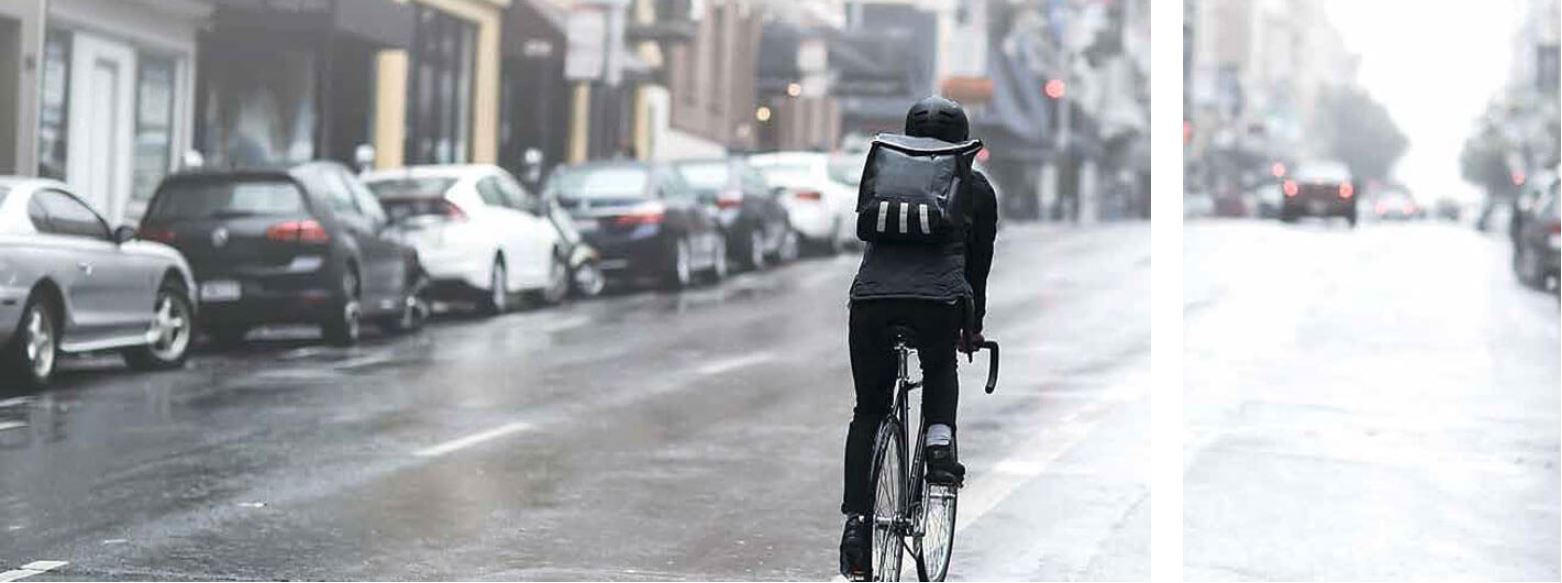
FROM SAN DIEGO TO PHOENIX
Once all your belonging are strapped into your backpack, dip your back tire in the Pacific and pedal out of San Diego. For the next three to four days, Interstate 8 leads through several small California towns that bead the Yuha Desert and the Imperial Valley. Your bike rolls over to Arizona and, for three more days, you advance through a string of enclaves before you reach Phoenix. Yes, you could have ploughed right pass the Arizonian capital and followed Interstate 10 straight to Tucson. But, the Phoenix area brims with entertainment and sights that warrant a stop.
PHOENIX
This is your first break since you hit the road – a welcomed break from the monotonous sepia hues of the arid region. From desert gardens to museums to fine eateries, Phoenix will keep you busy for a week, if you wish to part with the Southern Tier for a bit. Doing so, however, requires a change in your backpacks. Schlepping voluminous packs on busy streets and crowded venues is uncomfortable, at the very least. For the non-bike days pick Sol and Selene Around Town. A pack of medium size, it possesses the versatility and functionality of its larger peers. With a slew of interior, side and front compartments, it can effortlessly carry all your days’ worth of necessities – from personal valuables to tour guides to water bottles. What is more, its compact, sleek design lends a flair to your city escapades.
Before you foray into the city, climb the Camelback Mountain – its rocky hulk is a local landmark that is popular with local hikers. And rightfully so, one at the summit you gain 1,200 feet of elevation that reveals breathtaking views of the bustling metro as well as of the Phoenix Mountain Preserve. You can find another thrilling above-the-city vantage point is the South Mountain Park and Preserve. As you navigate the 50 miles of trails here, let your gaze regularly slide over the boulders, which bear various petroglyphs, drawings scratched onto the rock surface. The oldest carvings date back to 3,000 years ago and carry insight into the cosmos of bygone civilizations.
If you seek to further delve into the region’s past, the Heard Museum harbors the histories, cultures and memories of over 20 native Southwestern tribes. Internationally acclaimed, the museum showcases artefacts both ancient and contemporary that cue to Native-American ways of life as well as the painful interactions with colonial powers. The hours pass fast when walking through the exhibits, so if your stomach starts to rumble, head to the cantina, where you can sample Southwest-inspired salads, sandwiches and gourmet coffee drinks.
For a true experience of the Phoenix local cuisine, get a table at Fuego Bistro, where the menu is delectable and the ambiance homey. If you fancy fine dine-and-wine spots, however, Kai Restaurant offers an escapade you will likely talk about long after your Pacific-to-Atlantic bike ride. The only Forbes Five Star restaurant in Arizona, it boasts a menu rich in creativity and Native American influences.
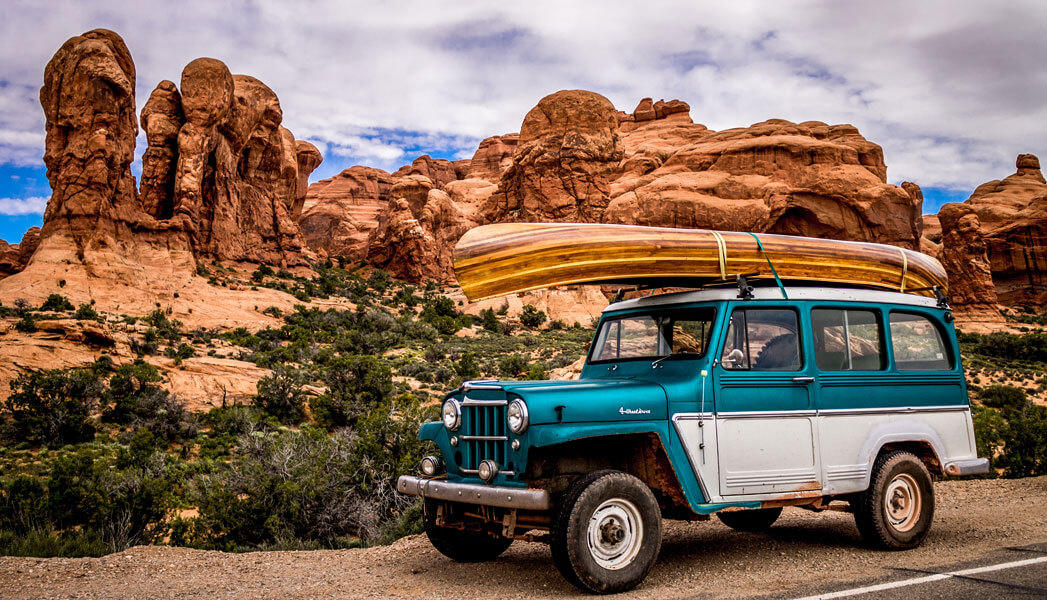
PHOENIX TO SILVER CITY
Rest well in Phoenix. Once you leave the city, the route meanders through the vastness and remoteness of New Mexico that are liberating and grating, at once. You will cycle through a string of tiny enclaves – God-forgotten census clusters with only several hundred residents.
Rest your spokes in Silver City. It is a small university town with a downtown that brims with historic references. Check out the Gila Cliff Dwellings along the elevated rocky banks of the Gila River, which once sheltered the Mogollon people. Then visit another home – that of Henry B. Ailman, who, in the second half of the 19th century became the first Westerner to find the old-time pithouses. Lured to New Mexico by its booming mining industry, he would later come to his considerable fortune by purchasing one of the richest silver mines in the region. His Victorian brick residence continued to flaunt his wealth and local prominence even when it switched owners and functions.

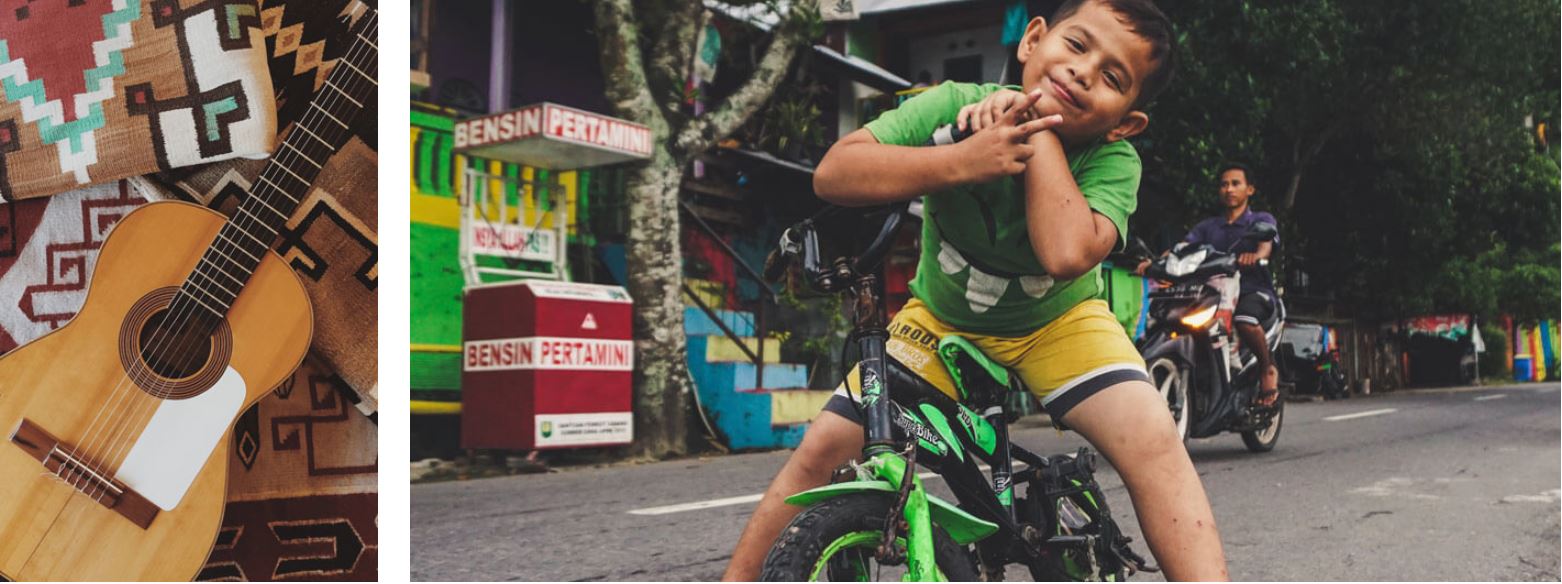
SILVER CITY TO EL PASO
While Silver City charms with its odd ability to blend historic peculiarities and modern amenities, do not linger here for longer than a day or two. The next 200 miles will offer no escape from the dusty, ochre-tinged landscape, topped by a strikingly blue, vast and cloudless sky. Once you cross the remaining girth of New Mexico, catch a change of scenery in El Paso, your port into Texas. By now you have been on the Southern Tier for a month; you have biked over 700 miles. El Paso may not be what comes to mind when one conjures up a vacation destination, but make sure to rest well here. You will need every ounce of recouped energy and perked up spirit for the bout across western Texas.
EL PASO
Sitting on the US-Mexico border, El Paso boasts the nickname “Sun City”, and this is no coincidence – the sun shines on the town of over half a million residents some 300 days a year. Hence, it is also no coincidence that the region once produced the country’s finest vinos. While many wineries stretch from New Mexico to Texas, Zin Valle Vineyards is the sole one with an address in El Paso. It boasts several varieties that guests can sample while touring the barrel room, picnicking on the grassy premises or enjoying the tunes of local musicians.
Great wine, of course, pairs well with great food. You can find some of El Paso’s most delicious meals at Café Central. With unique dishes on the menu, the eatery opened back in 1918 in Ciudad Juarez, El Paso’s sister city across the border, before moving to downtown El Paso. If homemade, flavorful Mexican food is what excites your palate, however, venture to L&J Café. It is another city mainstay with a long history but with a casual, inviting atmosphere.
Once you satiate your craving for freshly prepared food that the long days on the route intensify, head out in sunny El Paso and explore the “cultural corridor” it straddles. The city tells the stories of the notorious outlaw John Wesley Hardin as well as the native Tigua culture among many others. From the Museum of Archaeology to the Holocaust Museum to the National Border Patrol Museum, there is a raft of exhibits to see.
If you do not want to spend the day inside, check out to the scenic overlook, which reveals stunning vistas of the city and beyond – from Texas to Mexico. Another natural escapade with wonderful views is the Franklin Mountains State Park. Soak in the tranquility and immensity of El Paso before the road summons you again.
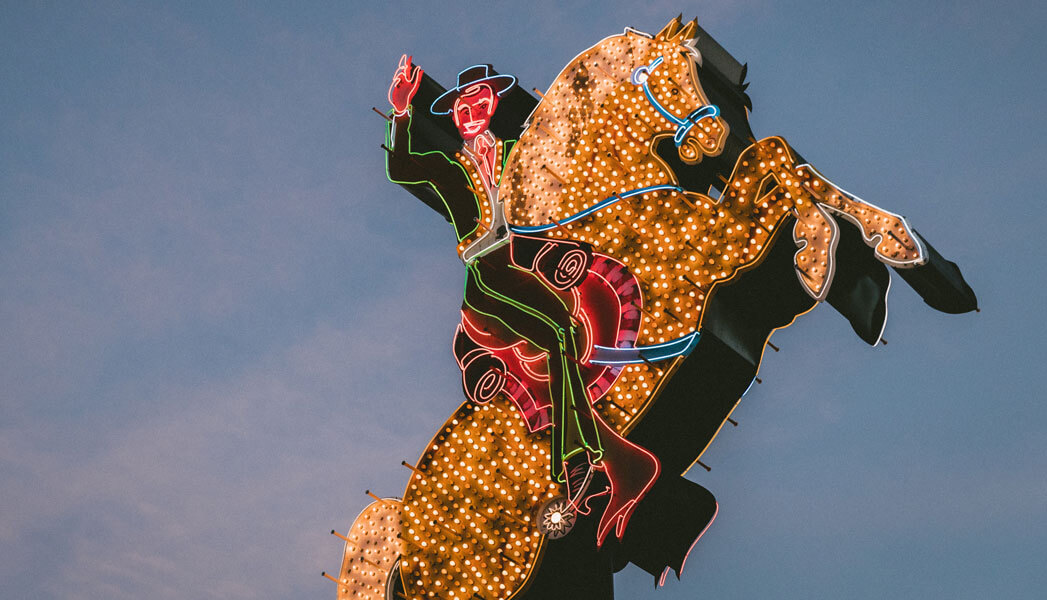
EL PASO TO SAN ANTONIO
Sprawling beyond El Paso, West Texas encompasses mostly flat, shrub-blanketed land whose magnitude is nothing like you have experienced before. Driving through the area can feel like time has stopped but biking through West Texas lets you experience it in a different, much more profound way, a way that connects you the soil and the sky, the past and the present.
West Texas is also the bout of the Southern Tier that can be extremely treacherous. Even if you push through it during winter, slather yourself with sun block, load extra food and chug a lot of water. Plan a brief stop at Fort Davis. A compact enclave with only a thousand residents, it might not provide a lot of entertainment, but it is home to one of the best-preserved military posts from the Indian Wars. A strategic site in the late 19th-century clashes, Fort Davis sits on trade and cultural crossroads that call for a short stop.
Past Fort Davis, the Southern Tier route winds through a string of quintessentially Southwestern towns that seem to have sprouted up around gas stations. In several days, the Lost Maples State Natural Area greats you. Boasting over 10 miles of trails, the area brims with Uvalde bigtooth maples, whose lush leaves offer a bright background for screensaver-worthy photos of the scenic Sabinal River.
SAN ANTONIO
From here, San Antonio is mere two hours away. Pause your itinerary here. Texas’ most visited city, San Antonio has plenty to offer and keep you busy for well over a week. Harboring the story and legend of a 18th-century Franciscan mission as well as the Texas Revolution, The Alamo is a must see. But so is Mission Cocepcion, America’s oldest, unrestored Spanish stone church. Complete your trip through the historic layers of San Antonio at the Spanish Governor’s Palace, which is the sole remnant of Spanish colonial-style architecture in Texas.
From history, venture into nature. Do not miss the Natural Bridge Caverns complex, which is the largest in Texas. With plenty of themed tours and attractions, you will easily lose track of time. But leave room in your schedule for a quiet stroll along the picturesque San Antonio River Walk, which gurgles a story beneath the streets of the city. Lined with art galleries, shops, bars and restaurant, the promenade is a perfect spot to enjoy life. By that idyllic point, you have already biked half of the Southern Tier – why not celebrate the milestone?
If you decide to grab a bite, try The River’s Edge Café + Patio Bar. Its traditional American and South Texan dishes are a yummy complement to the riverfront view. Albeit not on the River Walk, another eatery that should not be overlooked is Dough Pizzeria Napoletana, whose authentic Italian salads, pizzas and wines will treat your belly to a feast.
Before you leave San Antonio, check out its amusement parks. From the Six Flags Fiesta Texas to SeaWorld to Morgan’s Wonderland, the city is a true ride bonanza you will find nowhere else on the Southern Tier.

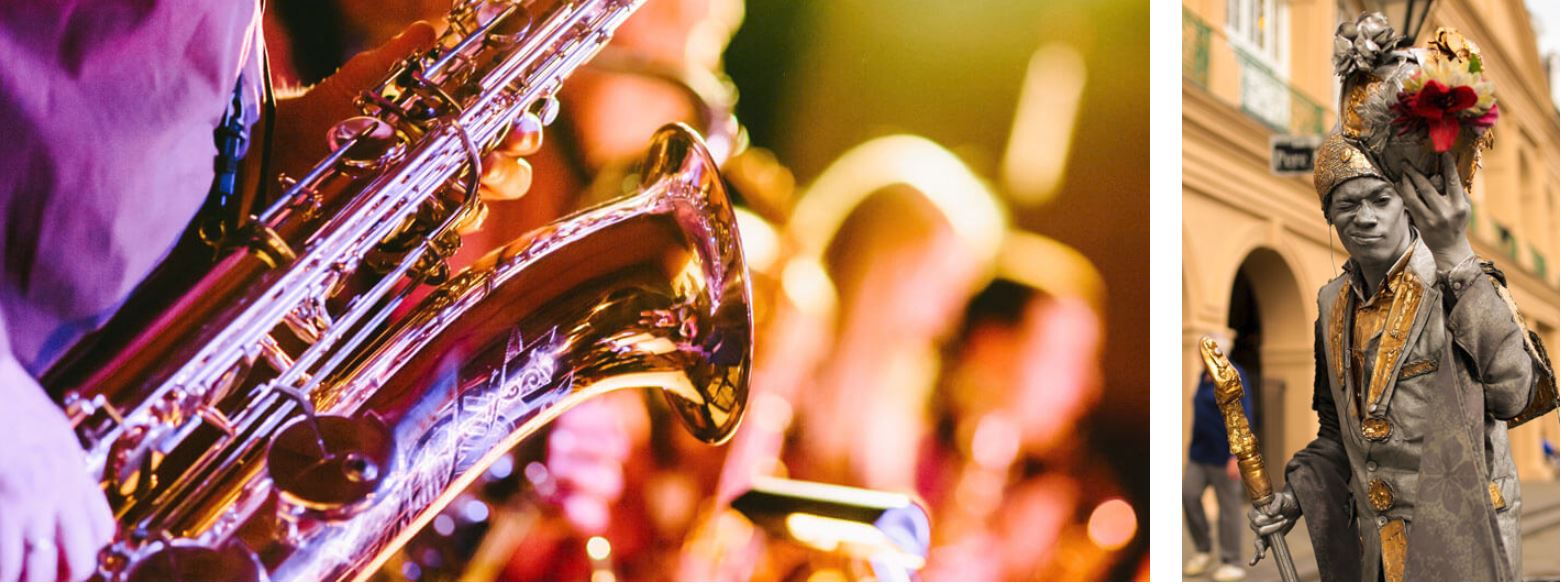
SAN ANTONIO TO NEW ORLEANS
Once you set out on the road again, the scenery easies into rolling folds of vegetation, burbling lazy streams and scenic coastal marshes. Pay Houston a short visit before you cross into Louisiana. A detour to the Space Center on the outskirts of the Bayou City is one-in-a-lifetime experience. Hosting over a million visitors a year, the sprawling NASA museum features over 400 space artifacts, a slew of permanent and travelling exhibits, educational programs and theatre performances that narrate the tale of US’ space exploration.
Once you enter lower Louisiana, you embark on a journey through Cajun country that will reveal a culture, customs and cuisine different from anything else you might have encountered in the US. Hailing from French immigrants who crossed the Atlantic in the mid-18th century, large portion of the populace here speaks Cajun French – a mixture of French, English and Native American; prepares Cajun dishes – a blend of seasonal vegetables, rice and seafood; and sings ditties under the rhythms of fiddles, guitars and accordions.
NEW ORLEANS
Hit the brakes in New Orleans. Eclectic and enthralling, the Crescent City has plenty to offer. Commence your explorations in the French Quarter, also knowns as Vieux Carre, which is the throbbing heart of the city. With its cobblestone streets, baroque architecture and French signs, the neighborhood keeps its Old-World heritage alive. As its befitting name suggests, Bourbon Street is the party hub of the French Quarter. If you want to loosen up and enjoy some fine liquor and soulful music, come back at night, when the clubs come to life.
If the rowdiness of Bourbon Street does not entice you and the touristy feel of the French Quarter overwhelms you, head to the Frenchmen Street. Frequented by locals, the four-block neighborhood carries the same French-inspired ambiance, less the crowds and the high prices. It is a hip, laid-back locale, where you can truly relax and take it all in. The handmade jewelry and art at the Frenchmen Art Market come as a bonus.
If you are into architecture and design, walk through the Garden District. Another quiet venue away from tourist traffic, it boasts some of New Orleans’ most lavish homes. Resting on the edges of the community is the famed Lafayette Cemetery No. 1. The backdrop of many Hollywood movies and novels, the graveyard might not be your idea of an exciting site, but it bears subtle references to the city’s history that draw hordes of tourists.
Another Garden District landmark is the Commander’s Palace Restaurant, which opened its doors back in 1893. Today, the historic eatery flaunts a raft of awards and recognitions for its “Haute Creole” cuisine. Another venue to sample a refined French fare is August. Housed in a splendid 19th-century building, it provides a unique and intimate dining experience. Do not leave New Orleans without feasting on its seafood delicacies – head to Deanie’s Seafood Restaurant, which is an all-time local favorite.
Before you head out east, visit the National World War II Museum, whose impressive collection of artifacts and educational films extensively chronicle the war and its many theaters, in Europe and the Pacific. Listen to the oral recollections of soldiers and civilians from the 1940s and watch the 4-D movie, Beyond All Boundaries – the tales are striking and poignant and worth remembering.
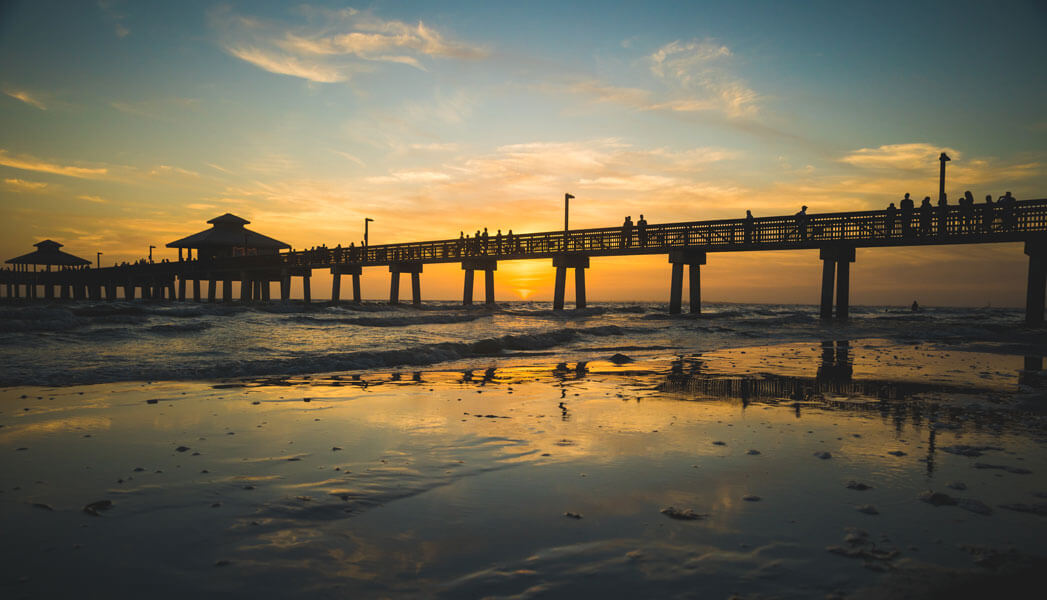
FROM NEW ORLEANS TO ST. AUGUSTINE
Although still a couple of hundred miles away from the Atlantic shore, you can almost sense the salty, humid air of the East coast. After two days in Mississippi, another two in Alabama and a ferry ride across Mobile Bay, you reach Florida – the eighth and final state of the Southern Tier. You still have around 5 days of biking, so take a break in Tallahassee before the final stretch.
On the day you arrive in St. Augustine, dip your front tire in the Atlantic – your Journey is complete. Venture into the city historic downtown – the Lightner Museum, George Street and Castillo de San Marcos should be on your sightseeing itinerary.
But, once pass the finish line, above any other activity, celebrate yourself. You put your body and mind to the test – and won. You saw America in a way – intimate and foreign and harsh and dazzling at the same time – that few get to experience. Cherish the memories. And, relive them. Do it all over again, why not?
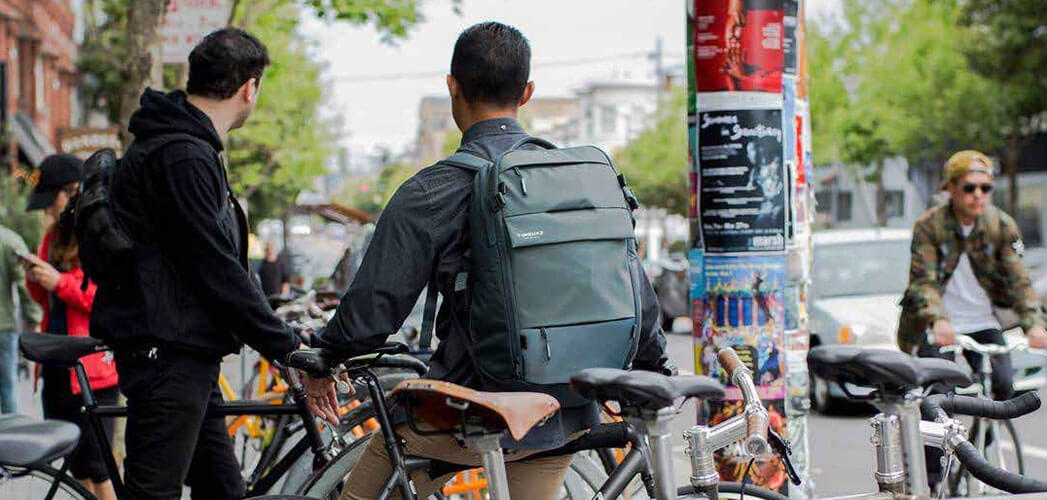
TIMBUK2 ROBIN PACK
Timbuk2 Robin Pack immediately attracts with an elongated body that’s shut with a sleek rolltop. But it is its slew of hidden features, though, that will totally earn your fancy: hidden expansion panels that increase capacity, an incognito reflective mesh panel, a tucked-away vista loop, and a ripstop rainfly.
EXPLORE NOW
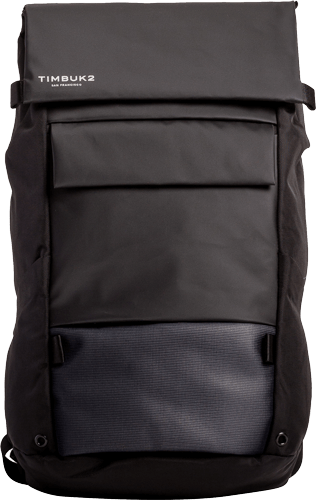

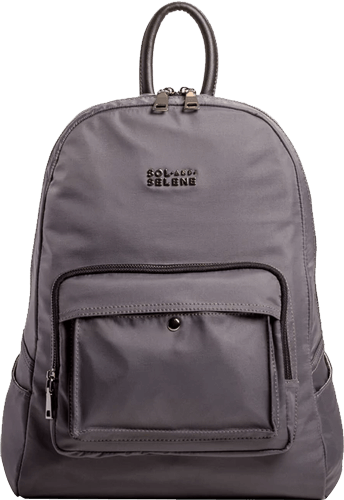
SOL AND SELENE AROUND TOWN
True to its label, this Sol and Selene backpacks were designed to paint the town red. Easily tote this stylish backpack from the office to the gym or even to after work cocktails with its variety of compartments.
EXPLORE NOW
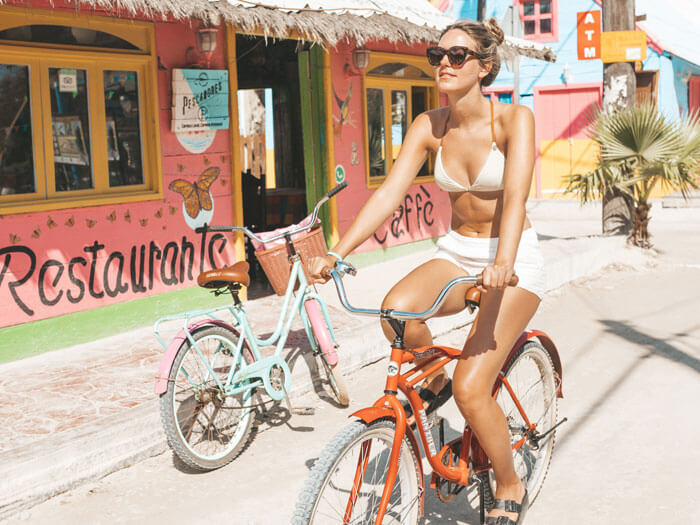
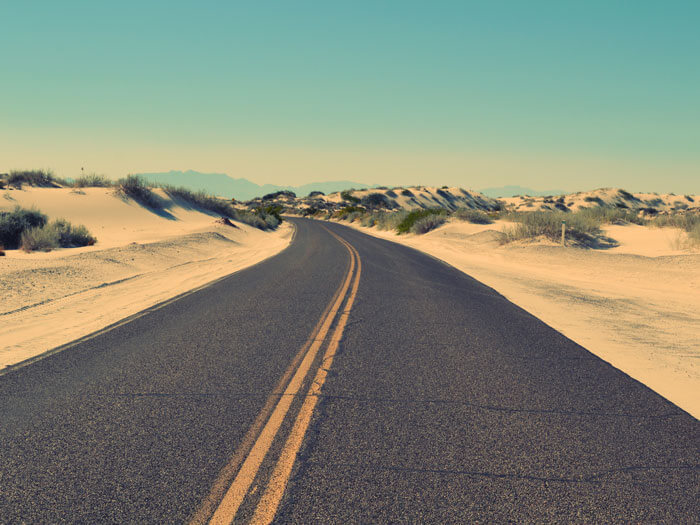
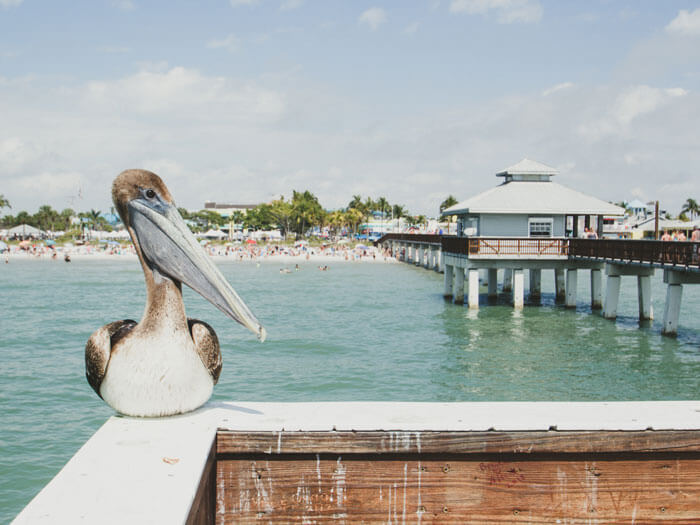


DROP IN AT BACKPACKS.COM
Out biking around in the sun? Share your adventures with us! Visit the most popular website for Backpack sales at, Backpacks.com, Facebook and Instagram and drop us a few pics of your journey. Until next time!

